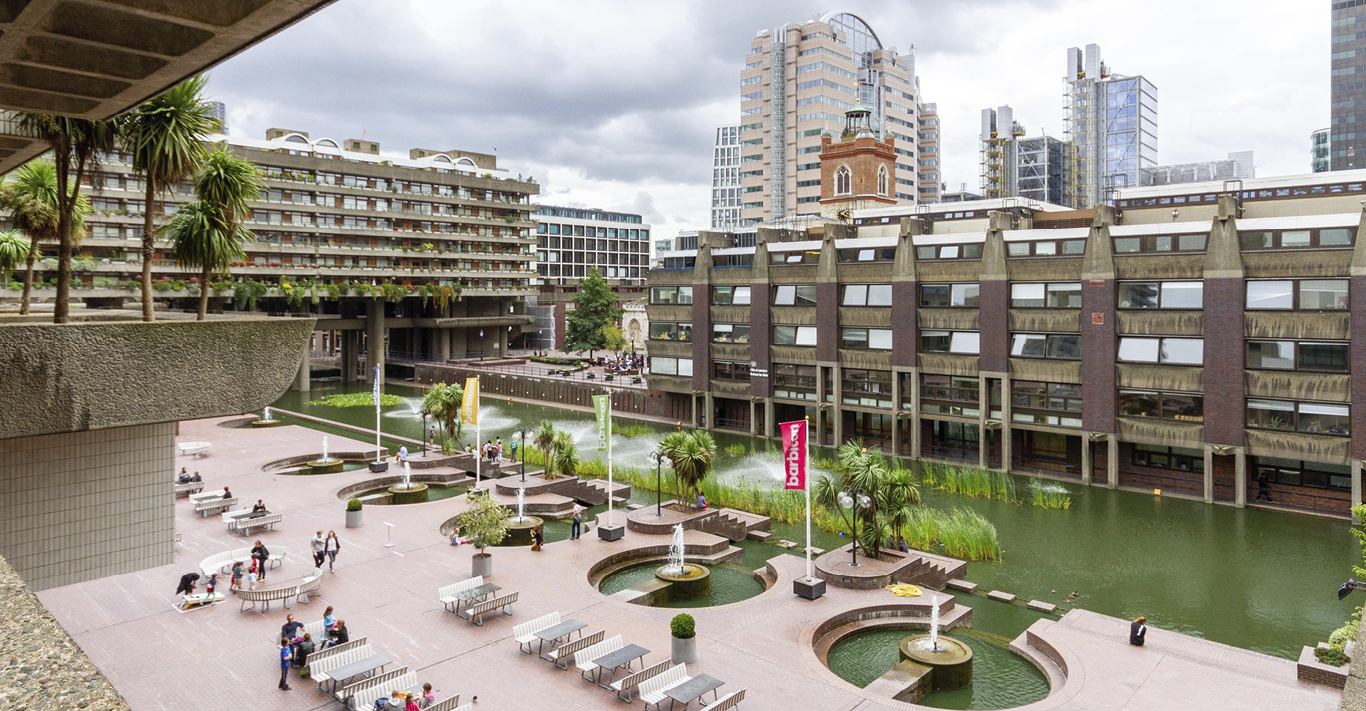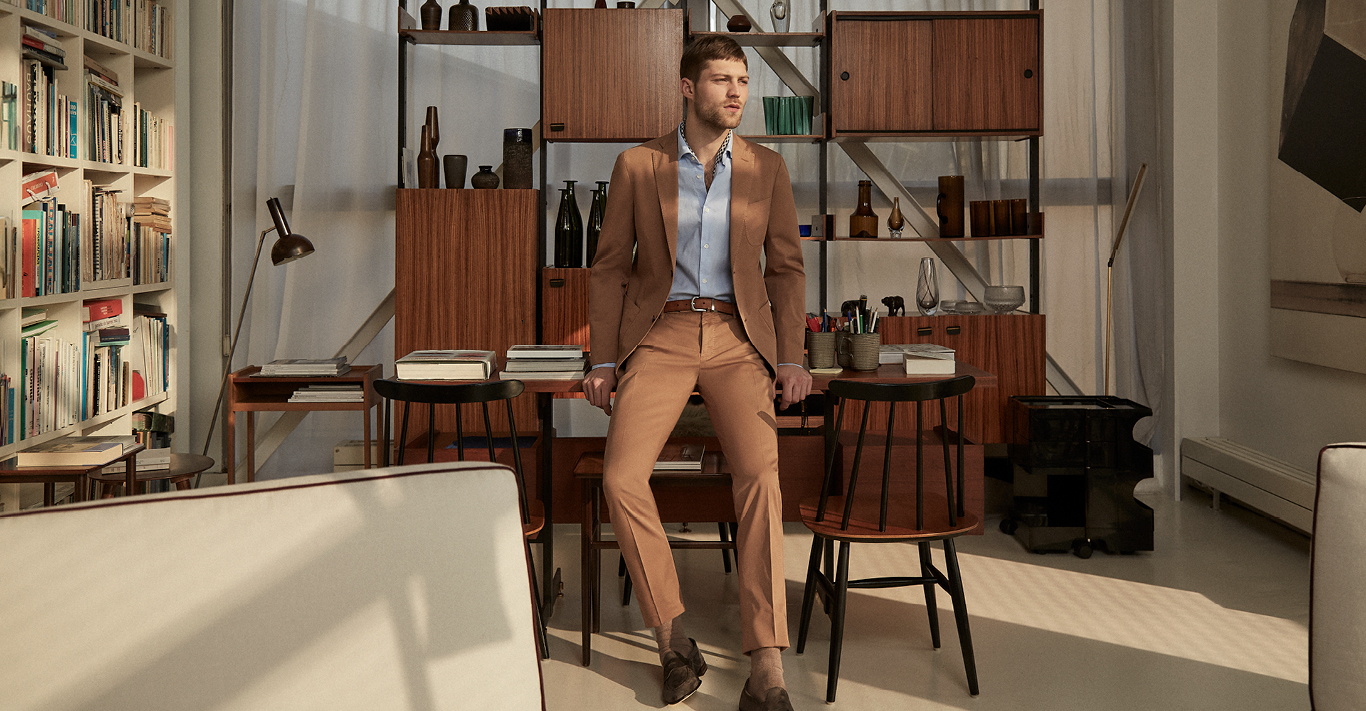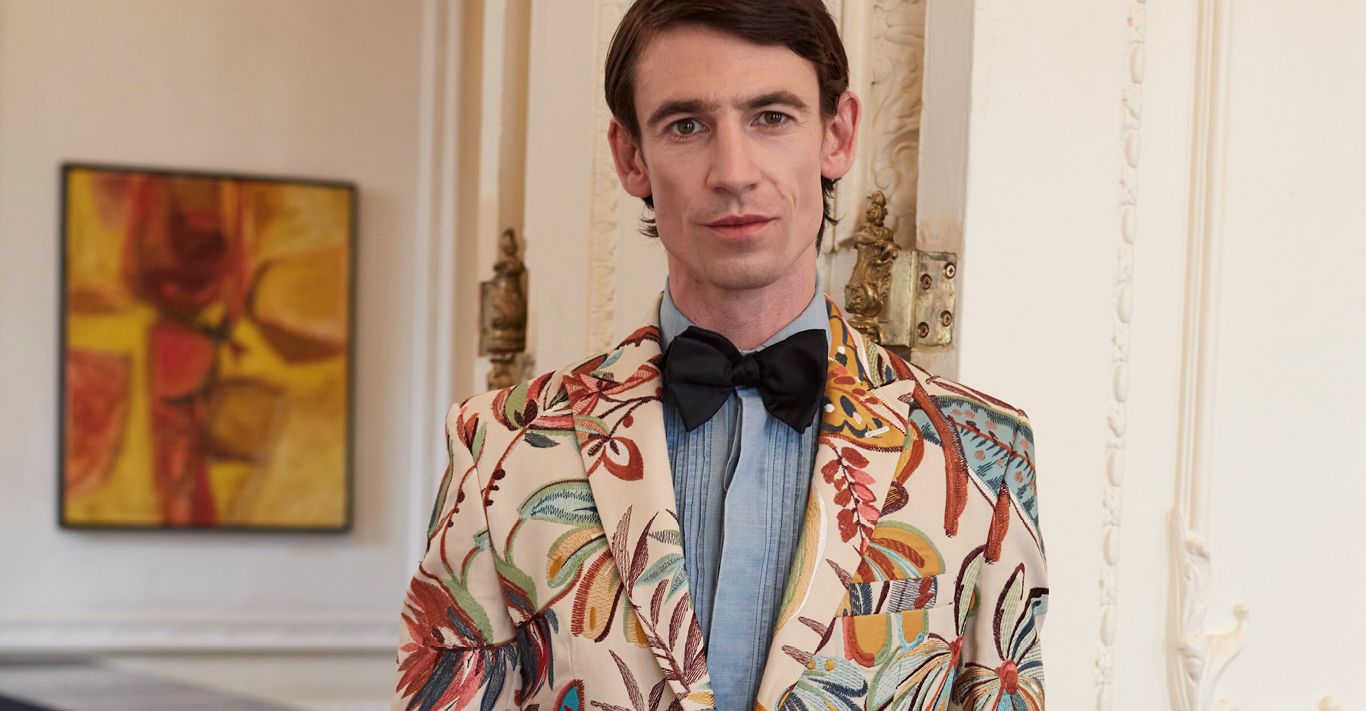WORDS
Tony Chambers
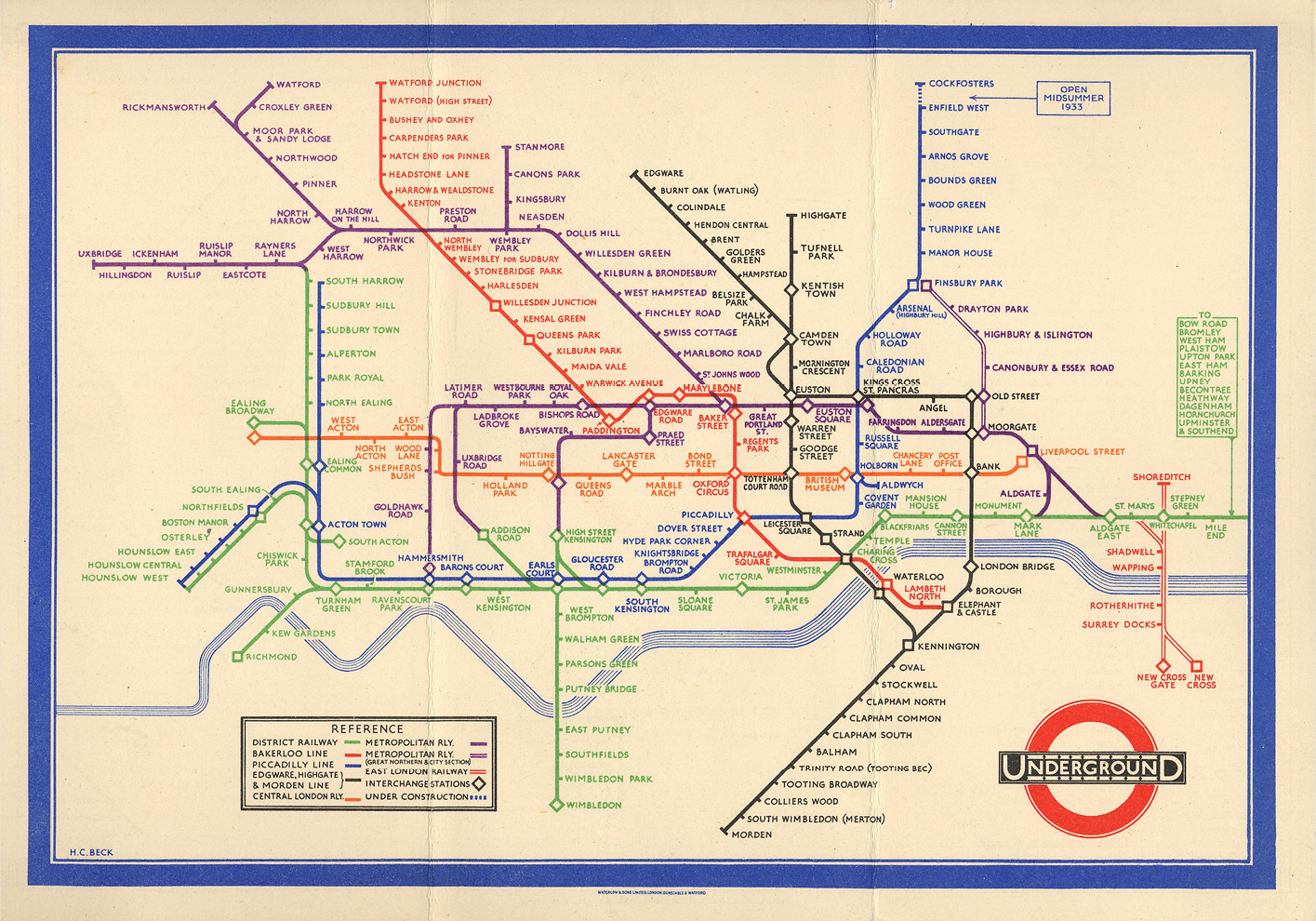
London Underground Map, Harry Beck, 1933
“Design thinking” has been a buzz phrase for a number of years, in terms of examining design beyond the actual physical products. It’s more than just making something look good; design can also be employed as a way of making things work, whether that be transport, health or governmental systems. The London Underground map was a very early primary example of design thinking, even though Harry Beck wasn’t a trained designer. The complexity of the underground system, if you followed it by its geography, made the most almighty, illegible mess. It took someone like Beck to think beyond the literal and look at it diagrammatically in terms of where you make the connections to simplify the process. At the time it was an incredible leap, and a testament to its success is that this way of design has been copied across cities worldwide. As well as being aesthetically beautiful, the experience of every customer continues to be heightened and improved by something as rudimentary as this simple map.
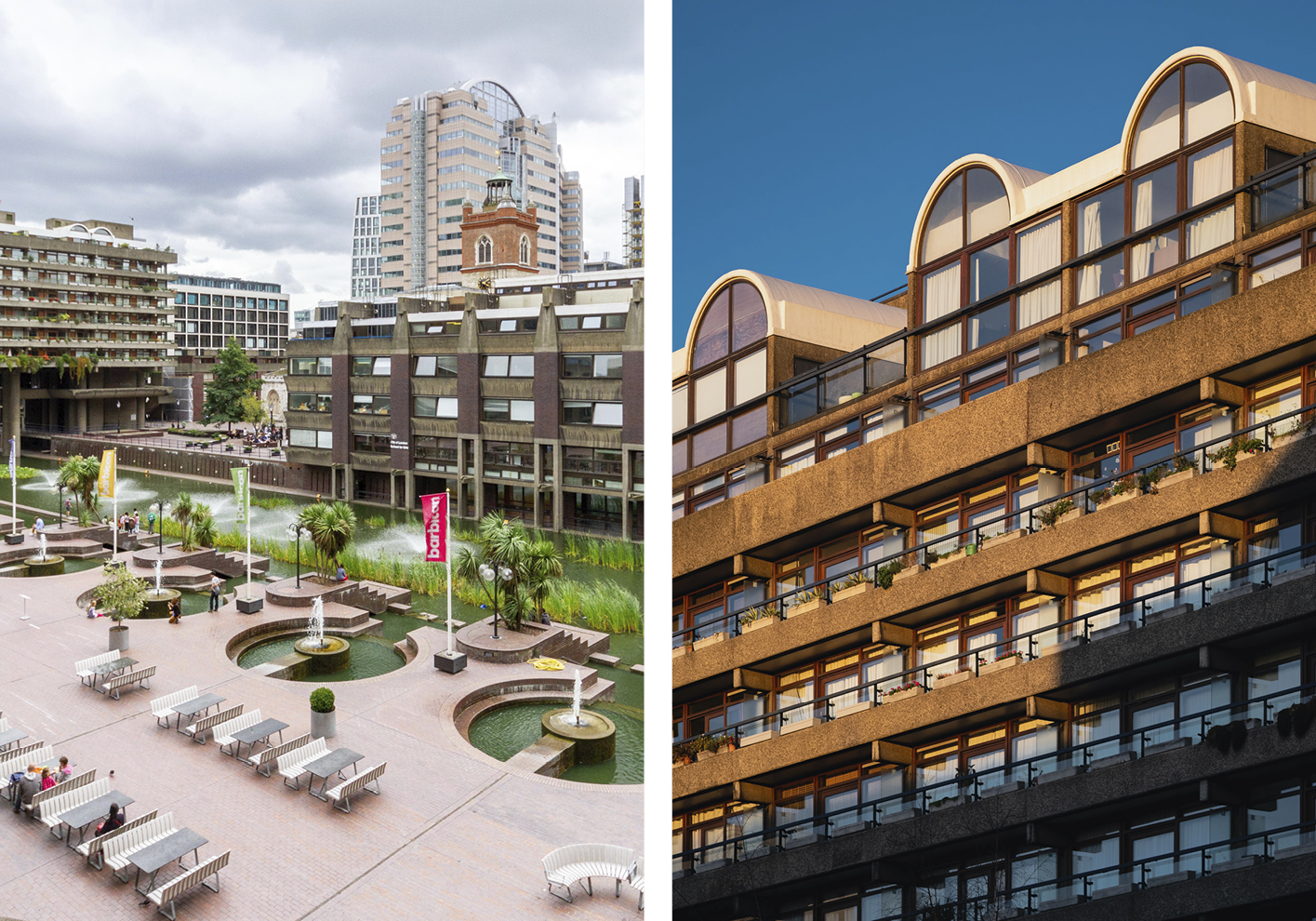
Barbican Estate, c1965, Chamberlin, Powell and Bon
Full disclosure: I have lived here for 26 years. That’s not to say I’m biased because of this, but I do know the Barbican inside out. After World War II, the area was bombed to smithereens, so there was this gaping hole on the edge of the City of London. In terms of vision and a piece of city planning and architecture, it is outstanding. It was born from the best possible sense of post-war idealism to do something the best it can be done in terms of design and architectural planning, with no compromise whatsoever; it was very much forward-looking and futuristic. The result is almost a mini city, at its base a cultural centre with residences and an abundance of open space, something that I imagine could never happen again because property prices and land are at such a premium. It’s a unique design that works so well to this day, and still functions as a place to live as a community.
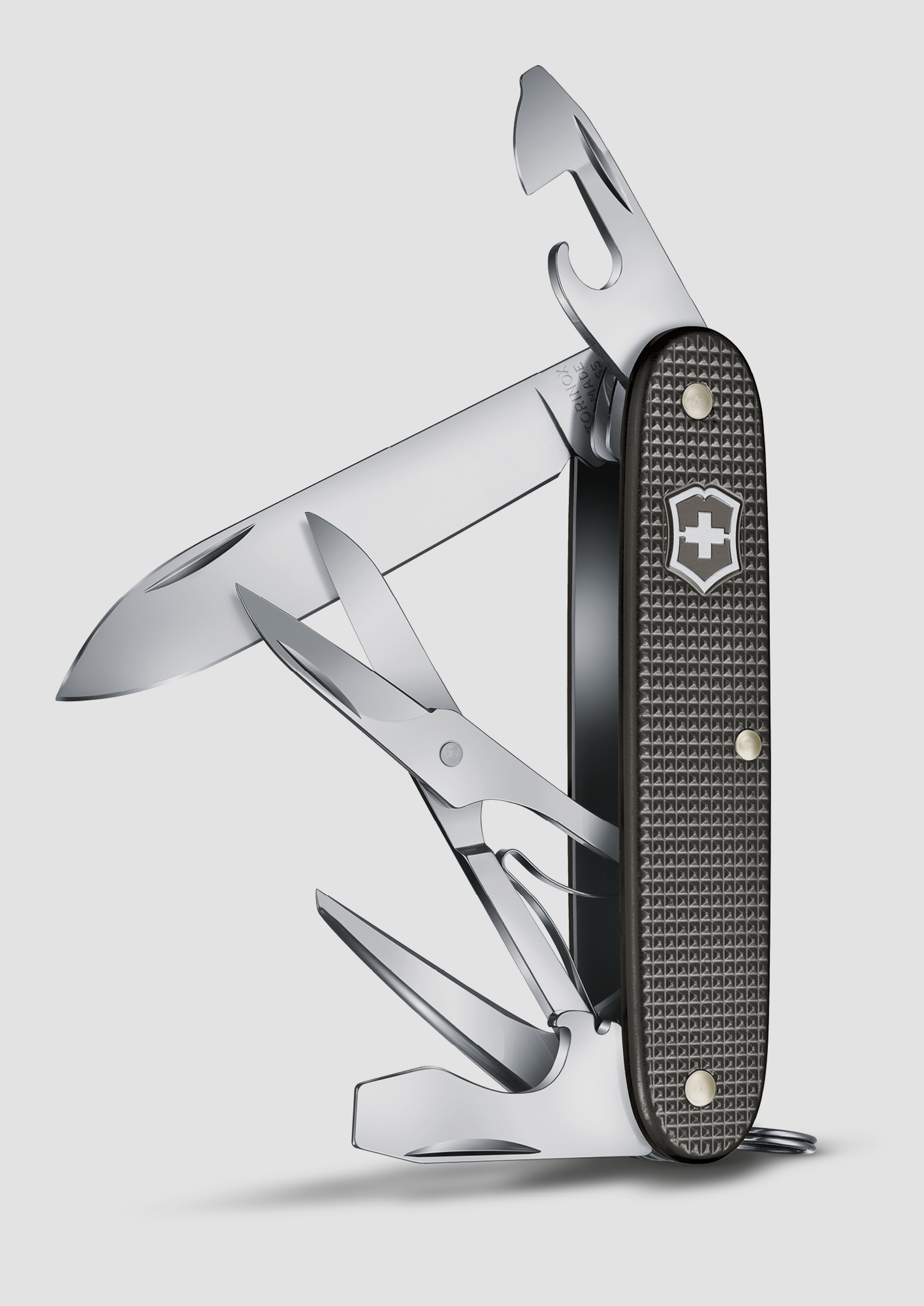
Victorinox Swiss Army Knife, 1897
As a company, Victorinox has a wonderful family history behind it, and the Swiss Army Knife is its most famous product – and one I appreciate for so many reasons. It was first patented in 1897, and what better definition of a design can there be than something that helps you make or mend things or can help you out of all manner of problems? Its multifunctional nature means it can do so many things, yet it manages to remain incredibly compact and portable. I would say it is the emblem of great design because it has so many functions, yet still looks beautiful. It’s lovely to touch, lovely to use, and has no superfluous or extraneous additions.
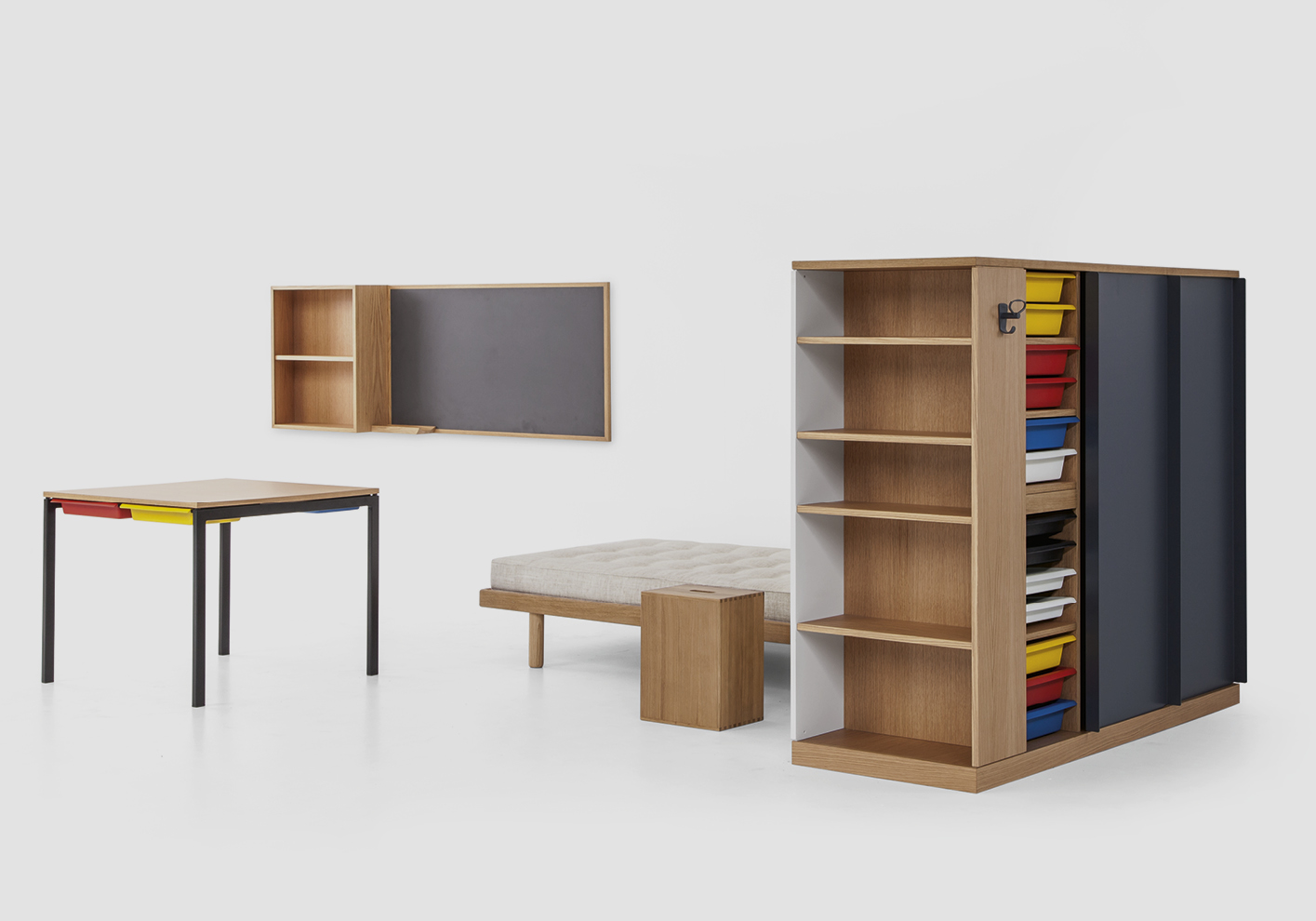
Maison du Brésil, Charlotte Perriand, 1959
This choice is particularly important because of the designer behind it. Charlotte Perriand worked alongside Le Corbusier, but is only beginning now to get the credit that she deserves. This specific project was a tiny and ingeniously designed furniture set for student accommodation, and even today is still relevant, given the problems with housing issues and space in cities such as London. Its key benefit is that there are individual pieces of furniture that are beautiful, functional and smart in terms of their space-saving properties, but if you put them together as a kit it has everything you need for living and working at home. Although it was designed in 1959 it looks just as contemporary now – if not more so – because of how it actually responds to how we live our daily lives.

